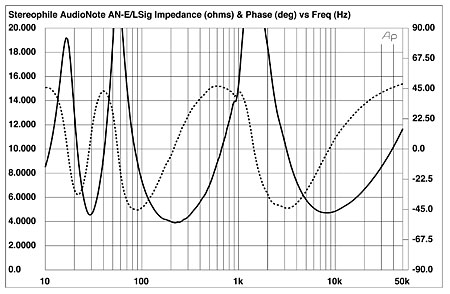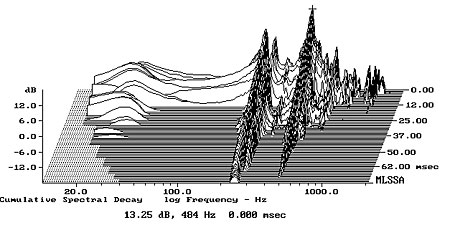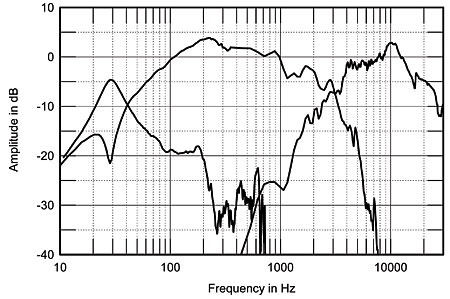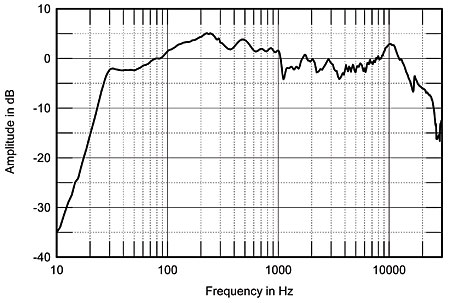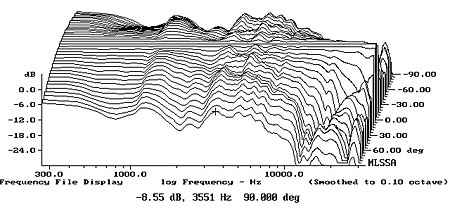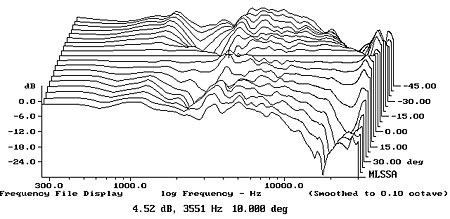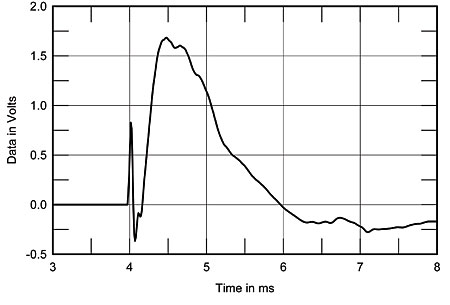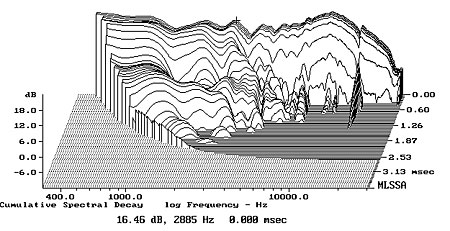| Columns Retired Columns & Blogs |
...... Peter Qvortrup builds this model's crossovers into individual outboard enclosures." quoted Art Dudley.
Outboard x-over is not new at all. Back over 2 decade or so, B&W produced a DM serie 2-way small floor loudspeaker with a metal-cased outboard x-over.
Well prior to this B&W, I already upgraded my KEF 2-way stand loudspeakers at home by taking out the lousy tiny factory X-over board & rebuilt it to by-wiring, replacing all the cheapie electrolytic capacitors with high power non-polar metal-film polypropylene capacitors. I placed this outboard x-over housed in an non-metellic box right behind my tube power amp so that the speaker cable wiring between the x-over box & the power amp are shortened to minimum.
It works like a chime since day one of the bi-wiring outboard upgrade.
Nite & day improvement in the sound.
Jack L
Canada
